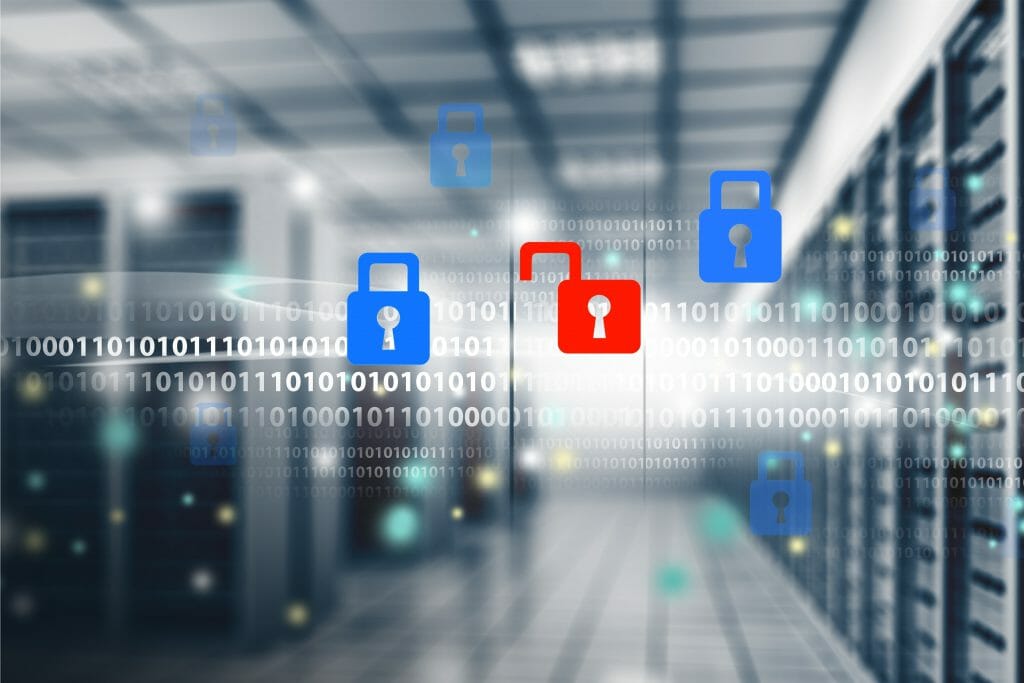DeFi Losses Reach $336 Million in the First Quarter of 2024
In the first quarter of 2024, DeFi platforms lost $336 million due to hacks and fraud, while CeFi platforms reported no losses. The openness and accessibility of DeFi make them vulnerable since their codes are public and vulnerabilities can be easily discovered. Despite a 23.1% decrease in losses compared to last year, security issues in DeFi remain an issue.
DeFi platforms record losses of a whopping $336 million in the first quarter of 2024. Unfortunately, these losses are not due to the market but to crypto hacks and scams.
Meanwhile, centralized platforms (CeFi) remained completely intact. DeFi’s high losses, coupled with the sharp divergence with the CeFi sector, raise questions about security and also make mass adoption more distant.
Compared to 2023, DeFi Losses Are Smaller, Although Still Too High
While decentralized finance (DeFi) represents openness and accessibility, these same characteristics also make it vulnerable to scammers. The underlying codes are freely accessible and allow hackers to easily identify vulnerabilities.
On the contrary, the systems of centralized institutions are more difficult to access, which makes them more secure. According to a recent study by Immunefi, losses suffered from hacks and scams reached a staggering $336 million in the first quarter of 2024.
As security firm CertiK noted in early April, losses caused by criminal activities in all crypto sectors combined reach even more than $500 million. Last year, such DeFi losses amounted to $437,483,543.
Although a decrease of 23.1% can be observed compared to the first quarter of 2023, the damage is still often too high. Meanwhile, the CeFi sector recorded impeccable statistics during this period.
DeFi: Causes and Consequences of Security Deficiencies
The freedom of the DeFi sector allows anyone to interact with protocols and launch new smart contracts without going through strict audits. While this promotes innovation, it also makes it easier to inject malicious code.
Centralized facilities rely on proprietary technologies and regulatory compliance to protect their assets. You will benefit from established security practices, such as regular audits, strict access controls, and comprehensive incident response plans. These measures are often missing in the ever-evolving DeFi landscape. The constant innovation of DeFi is producing new protocols and features that promote innovation in the ecosystem.
However, the need for rapid development and maintaining an initial competitive advantage often puts security considerations on the back burner. CeFi institutions, on the other hand, take a slower and more deliberate approach.
They leverage years of experience and established cybersecurity practices to protect customer assets and maintain system integrity. They invest heavily in security measures and regularly undergo extensive security audits by independent third-party vendors.
If DeFi does not integrate security into every phase of development, the constant battle between hackers and developers will continue, putting user funds and the integrity of the ecosystem at risk. Therefore, the young financial sector must undergo a fundamental change and integrate security in all aspects, from the development of smart contracts to the design of interfaces.
DeFi: Developers Status
Developers should prioritize user protection and invest in audits, bug bounty programs, and robust response plans. While the emergence of a new generation of Web 3.0-native security companies offers hope, their solutions have not yet been tested at scale.
Significant and lasting security improvements may not be feasible in the near future, as inherent trade-offs between decentralization, accessibility, and robust security measures remain. The onus is on the platforms to demonstrate a commitment to security as a fundamental principle of their operations.
By Audy Castaneda
